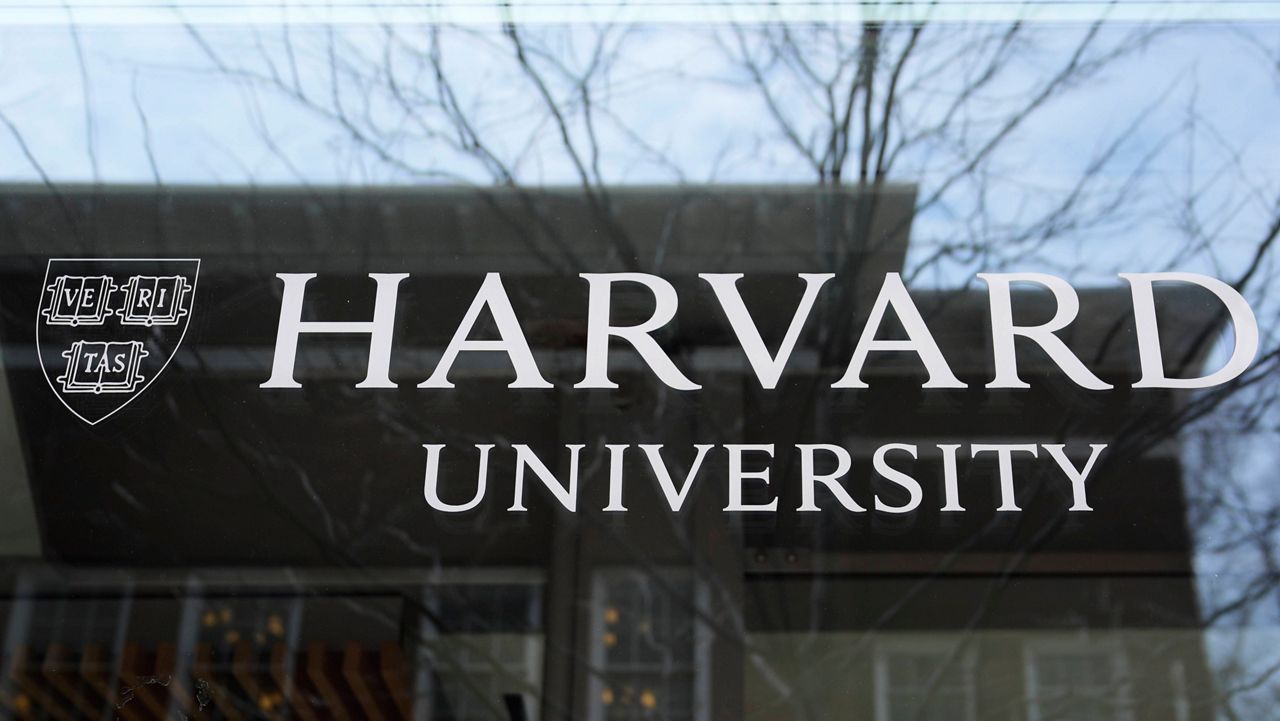Over a century and a half, more than 400 federal boarding schools that aimed to assimilate indigenous children operated in the United States, according to a report issued Wednesday by the Interior Department.
What You Need To Know
- An investigative report released Wednesday by the Interior Department found that more than 400 federal boarding schools that aimed to assimilate indigenous children operated in the United States from 1819 to 1969
- The school system used militarized and identity-alteration methods, including renaming American Indian children with English names, cutting off Native American students’ hair, and discouraging American Indian, Alaska Native and Native Hawaiian languages, religions and cultural practices, the report said
- The schools used corporal punishment to enforce their rules, including placing children in solitary confinement, flogging, withholding food, whipping, slapping and cuffing, the Interior Department said
- An initial analysis found that 19 boarding schools accounted for the deaths of more than 500 children — a number the department expects to increase as it continues its probe
The school system used militarized and identity-alteration methods, including renaming American Indian children with English names, cutting off Native American students’ hair, and discouraging American Indian, Alaska Native and Native Hawaiian languages, religions and cultural practices, the report said.
The schools used corporal punishment to enforce their rules, including placing children in solitary confinement, flogging, withholding food, whipping, slapping and cuffing, the Interior Department said. At times, the schools ordered older children to discipline younger ones.
An initial analysis found that 19 boarding schools accounted for the deaths of more than 500 children — a number the department expects to increase as it continues its probe.
The report is Volume 1 in the investigation ordered by Interior Secretary Deb Haaland, the first Native American ever to serve as a Cabinet secretary. The discovery of hundreds of unmarked graves at the sites of similar boarding schools in Canada prompted the U.S. inquiry.
The Interior Department says the investigation is “a comprehensive effort to address the troubled legacy of federal Indian boarding school policies.” It has not said how many volumes it will produce.
“The consequences of federal Indian boarding school policies—including the intergenerational trauma caused by the family separation and cultural eradication inflicted upon generations of children as young as 4 years old—are heartbreaking and undeniable,” Haaland said in a statement. “We continue to see the evidence of this attempt to forcibly assimilate Indigenous people in the disparities that communities face. It is my priority to not only give voice to the survivors and descendants of federal Indian boarding school policies, but also to address the lasting legacies of these policies so Indigenous Peoples can continue to grow and heal.”
Bryan Newland, the department’s assistant secretary for Indian affairs, said the report presents an opportunity to enact federal policies that would support the revitalization of indigenous languages and cultural practices.
“Together, we can help begin a healing process for Indian Country, the Native Hawaiian Community and across the United States, from the Alaskan tundra to the Florida everglades, and everywhere in between,” he said in a statement.
For the first time, the Interior Department has developed an official list of Federal Indian boarding schools.
It also has started to identify the locations of marked and unmarked children burial sites at or near school facilities. The list, which is expected to grow, includes 53 schools — 33 with marked graves, six with unmarked, and 14 with both marked and unmarked.
The department said it will not make the locations of the burial sites public to protect against grave-robbing, vandalism and other disturbances.
In all, the government identified 408 boarding schools that operated across 37 states from 1819 to 1969. Because some had multiple campuses, they included 431 sites. The report, however, says the earliest known school opening was in 1801.
The greatest concentration of boarding schools, the report said, were in present-day Oklahoma (76), Arizona (47) and New Mexico (43). Attendance at schools ranged from one just child to more than 1,000.
The investigation found that about half the schools may have received support or involvement — funding, infrastructure or personnel — from religious institutions or organizations. And the federal government at times paid religious groups on a per-capita basis to enroll Native American children in their boarding schools, the report said.
The school system focused on manual labor and vocational skills that left the students ill-equipped for the industrial U.S. economy, the Interior Department found.
About 90 of the schools might still operate today, but not all are boarding schools or federally supported, the report added.
The Interior Department also said it is working to determine approximately how much money the federal government spent on supporting the boarding school system and further investigating the impact of the boarding schools today on the American Indian, Alaska Native and Native Hawaiian communities.
Haaland announced Wednesday the department is launching a year-long tour across the country, called “The Road to Healing,” that will give survivors of the boarding school system the opportunity to share their stories and connect communities with trauma-informed support.
Ryan Chatelain - Digital Media Producer
Ryan Chatelain is a national news digital content producer for Spectrum News and is based in New York City. He has previously covered both news and sports for WFAN Sports Radio, CBS New York, Newsday, amNewYork and The Courier in his home state of Louisiana.









